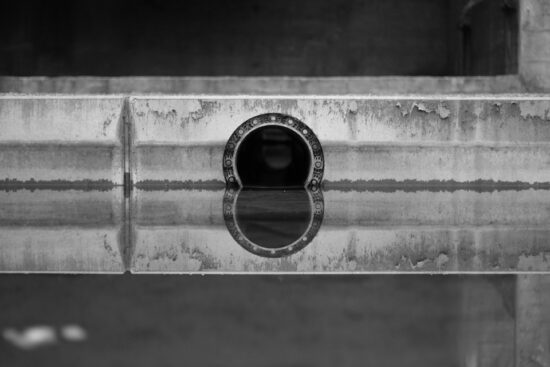Comprehensive Genomic Survey of Antimicrobial-Resistance Bacteria in the Sewage Tank Replacement with Hospital Relocation
Excrement containing antimicrobial-resistant bacteria (ARB) is discharged from the hospital sewage through wastewater treatment plants (WWTP) into rivers, increasing the antimicrobial resistance (AMR) burden on the environment.
We illustrate the contamination of hospital sewage tanks with ARB harboring antimicrobial resistance genes (ARGs) using comprehensive metagenomic sequencing. During the study period, we moved to a new hospital building constructed for renovation. Therefore, we investigated the difference in bacterial flora in the sewage tanks for each building with different departments, and the change in bacterial flora over time in new sewage tanks. Furthermore, we performed a comparative genome analysis of extended spectrum β-lactamase (ESBL)-producing organisms (EPOs) from hospital sewage and clinical samples. Residual antibiotics in the sewage tank were also measured.
Hospital sewage was contaminated with many ARB species, ARGs and residual antibiotics, which can cause a burden on WWTP sewage treatment. The bacterial flora in the sewage tank was rapidly affected, especially by the ward with seriously ill patients. AMR monitoring of hospital sewage may help detect carriers prior to nosocomial ARB-associated outbreaks and control the outbreaks.
AMR NEWS
Your Biweekly Source for Global AMR Insights!
Stay informed with the essential newsletter that brings together all the latest One Health news on antimicrobial resistance. Delivered straight to your inbox every two weeks, AMR NEWS provides a curated selection of international insights, key publications, and the latest updates in the fight against AMR.
Don’t miss out on staying ahead in the global AMR movement—subscribe now!





